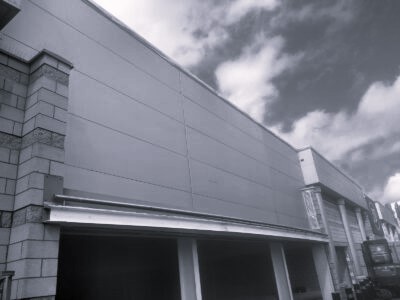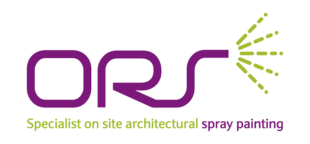Achieving long-lasting cladding repairs: the importance of UV stable coatings

When it comes to the construction of commercial buildings, mishaps are almost inevitable.
One common issue is damage to cladding panels, whether it’s from impact damage caused by a forklift or an errant fixing hole drilled in the wrong spot. In such cases, the need for effective repairs is paramount, especially to facilitate a seamless handover to the principal contractor. But what’s the real cost of achieving an invisible repair?
Many construction professionals turn to spray painting contractors or even ‘MagicMen’ to come to the site, fix the damage, and spray paint the cladding panels using the same RAL number for colour consistency. If the repair is done well and the colour and gloss levels match, the client or building owner may remain blissfully unaware of the previous damage.
However, here’s the catch: the paint and materials commonly used for such repairs are often not the best in terms of UV stability.
Cellulose paints are favoured for their ease of tinting to achieve precise colour and gloss matching. They also have the advantage of drying quickly, allowing for immediate sanding and further work if necessary. There’s no need to wait for the paint to cure or dry before proceeding with the handover.
Initially, the sprayed panels may look pristine, staying virtually invisible for weeks, months, and, hopefully, even years. However, over time, a problem begins to emerge. While the original factory finish coating retains its appearance and UV resistance, the sprayed panels start to change colour as UV degradation takes its toll. The extent of this problem can vary depending on factors such as the direction the affected panels face, the colours used, and, of course, the type of paint applied.
It’s important to acknowledge that it’s highly unlikely that any site-applied paint can match the UV retention of a factory finish applied under controlled conditions and subjected to baking in an oven. The best course of action is to re-spray all the panels in the same area using high-quality materials like 2-pack acrylic or polyurethane. This ensures uniform degradation over time, avoiding the unsightly checkerboard effect that can occur with mismatched coatings.
In conclusion, achieving lasting cladding repairs that stand up to UV exposure requires careful consideration of the materials used. While quick fixes may seem appealing initially, investing in high-quality, UV-stable coatings is the key to maintaining the appearance and integrity of your commercial building’s cladding for years to come.
Want to know more about our cladding services? Head over to our cladding page and take a look at our case studies.




